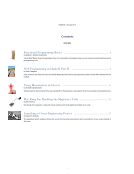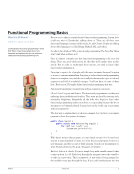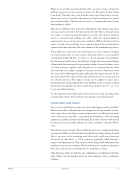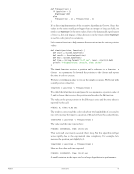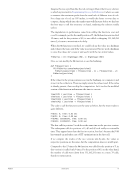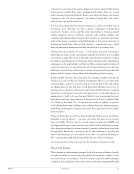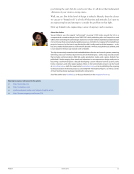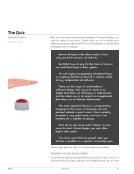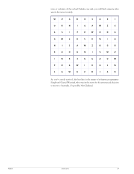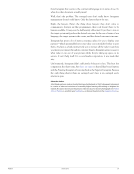Remember a key point of (modern) FP: that types are cheap—easy to create and use—so if it helps our programming to introduce a type, it’s a technique well worth considering. Another thought is that the application interface, or the interaction that the user has with the application, is not just a random collection of stuff: there is some kind of structure there, for example indicating what is allowed and what isn’t, and we should look to exploit this structure rather than let it be implicit in the documentation or in the tests. (Notice: it’s another example of trying to use the language to lift the level of the programming, turning the implicit into explicit and so to reduce potential failure points.) You might also consider the interaction as being carried out in some kind of “formal language” or structured game, where some sentences or moves are ok and others are invalid or highly inappropriate(!). Once we’ve managed to encode the interaction in some concrete way, the next step is to write an “interpreter” for it that will turn the user’s requests into operations on the business concepts, that is, it will “run” the requests. You can probably have a similar setup on the other side, namely a set of interactions that the system will need to have with the user. For example, reporting successful creation of a named list, or showing a list of results after some search query. Note also that several types will be needed to represent the interactions, such as representing certain modalities or contexts, like certain operations only being valid in certain states. You might consider it as a hierarchical structure of interactions, like the top level of the tree allowing the “big” operations like creating or selecting a list, with a structure under the latter indicating what can be done once the list has been selected. To recap, since this might be a strange idea for some and it’s a key part in what I’m suggesting: we should attempt to capture what kind of interactions or operations the user can have with the application by representing them via various mechanisms in the language, such as new datatypes, and to link these representations to the underlying business logic via techniques like interpretation. The point is to encode structure where we can, with a view to exploiting it for clear code and to avoid failures. Navigation and Routing By navigation, I mean meaningful moves around the application’s interface, typically from a certain context to relevant or useful functionality. In our running example, like from the display of a given list to either back to viewing all lists or to being able to edit the list, or even to deleting it. Effectively, this means identifying which interface actions are relevant or useful to the current action, and this is easily represented in code. This brings us nicely to the issue of routing. Traditional frameworks identify various formats of Http path and map them to calls of certain code, usually methods inside certain controllers. There are various potential points of failure here, such as the routes spec not matching up with the controllers, or mismatches between parameters extracted from the route versus those expected in the controller. It’s a bit boring having to test this if we can do better. PragPub January 2013 12
Purchased by unknown, nofirst nolast From: Scampersandbox (scampersandbox.tizrapublisher.com)


